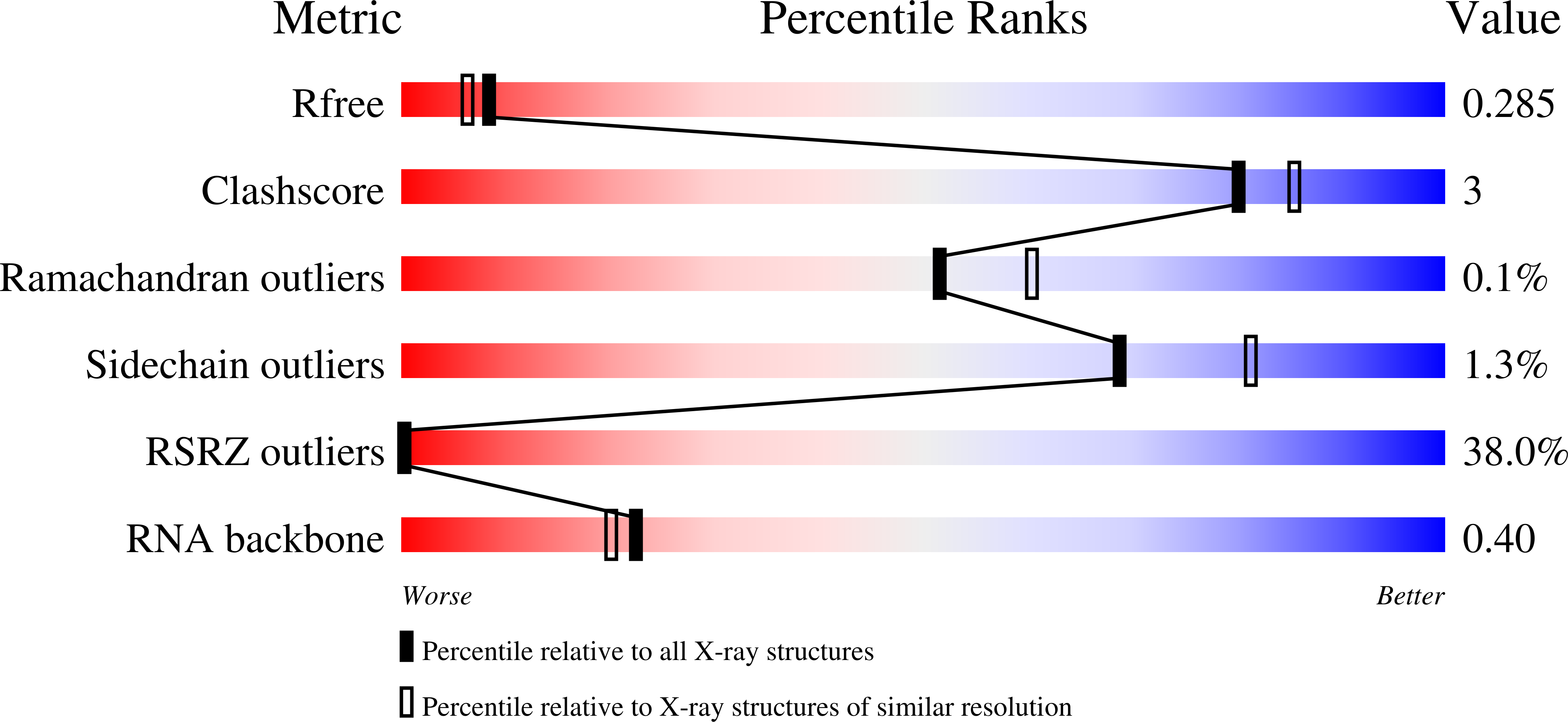
Deposition Date
2021-06-07
Release Date
2022-01-19
Last Version Date
2024-06-19
Entry Detail
PDB ID:
7OS0
Keywords:
Title:
Structure of the Rhodobacter capsulatus Cas13a-crRNA binary complex
Biological Source:
Source Organism:
Rhodobacter capsulatus SB 1003 (Taxon ID: 272942)
Host Organism:
Method Details:
Experimental Method:
Resolution:
2.20 Å
R-Value Free:
0.25
R-Value Work:
0.21
R-Value Observed:
0.22
Space Group:
P 1


